How To Install 'qmail' Package on Ubuntu
- Apt Get Install Qmail App
- Ubuntu Apt Get
- Apt-get Install Mac
- Apt Get Install Mail
- Sudo Apt Get Install Build Essential
- Apt Get Install Ubuntu Desktop
. Makefile: install the qmail-verify service directory. qmailctl: additionally handle the qmail-verify service. tcp.smtp: add:allow,VERIFY='DEFER'. debian/qmail-run.postinst: add qmail-verify service to system-wide service supervision. debian/control: Depends: qmail (= 1.06-2.1) (1st version with qmail-verify functionality.
- Note: I will use root login from here. Dig mx yourdomain.com. Prerequisite packages for Qmail: apt-get install libldap2-dev libssl-dev openssl sharutils unzip maildrop perl-suid.
- At the time of this writing, installing the default Qmail package on Ubuntu 18.04 does not automatically install at least one necessary dependency to make Qmail work. Let’s manually install that package: sudo apt-get install daemontools-run. To install Qmail, run the following: sudo apt-get install qmail. Let’s create a Maildir directory for our user.
- Sudo apt-get clean sudo apt-get remove -purge qmail sudo apt-get update sudo apt-get install qmail Then i was able to uninstall the mysql and re-install it.
- LDAP is a way to make certain kinds of information available across a network. In this setup the information is user logins - their passwords, user IDs, and various details. First, install the ldap server daemon (slapd) on the server: install the following packages: slapd, ldap-utils, and db4.2-util. Sudo apt-get install slapd ldap-utils db4.2.
See below for quick step by step instructions of SSH commands, Copy/Paste to avoid miss-spelling or accidently installing a different package.
Quick Install Steps:
sudo apt-get update -ysudo apt-get install -y qmailsee ZoomAdmin Features for list of features and demo videos. And you can start with the Free Plan.
Note: -y flag means to assume yes and silently install, without asking you questions in most cases.
qmail is meant as a replacement for the entire sendmail-binmail system on typical Internet-connected UNIX hosts. a secure, reliable, efficient, simple message transfer agent
qmail is meant as a replacement for the entire sendmail-binmail system on typical Internet-connected UNIX hosts.
Detailed Instructions:
Step 1
sudo apt-get update -y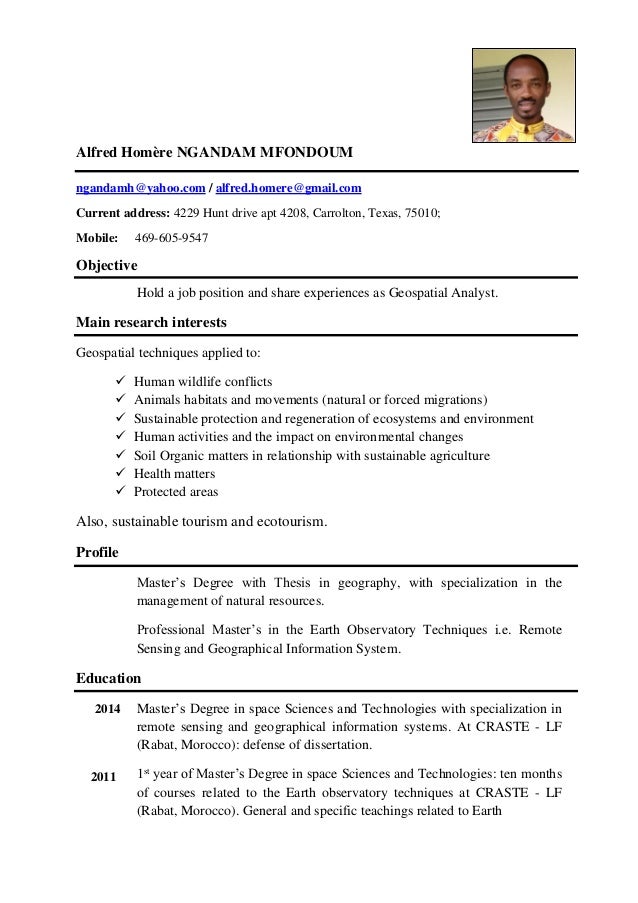
Step 2
sudo apt-get install -y qmailStep 3
see ZoomAdmin Features for list of features and demo videos. And you can start with the Free Plan.
You have two options
Get and compile source rpms. This has the benefit of being able to review the source before compiling,and compiling for your specific setup.
Or simply get the binary rpms. This has the benefit of simplicity, and not having to worry about having thenecessary libraries installed.
Apt Get Install Qmail App
I recommend using Bruce Guenter's rpm releases, since they are well patched, andits what I used for building my systems. 2.1.1. Get source rpmsYou will need:
ucspi-tcp-0.88-1.src.rpm - http://untroubled.org/rpms/ucspi-tcp/
ucspi-unix-0.34-1.src.rpm - http://untroubled.org/ucspi-unix/
daemontools-0.70-3.src.rpm - http://untroubled.org/rpms/daemontools/
supervise-scripts-3.3-1.src.rpm - http://untroubled.org/supervise-scripts/
qmail-1.03+patches-18.src.rpm - http://untroubled.org/qmail+patches/current/
vmailmgr-0.96.9-1.src.rpm - http://www.vmailmgr.org/current/
courier-imap-1.4.3.tar.gz - http://www.inter7.com/courierimap/
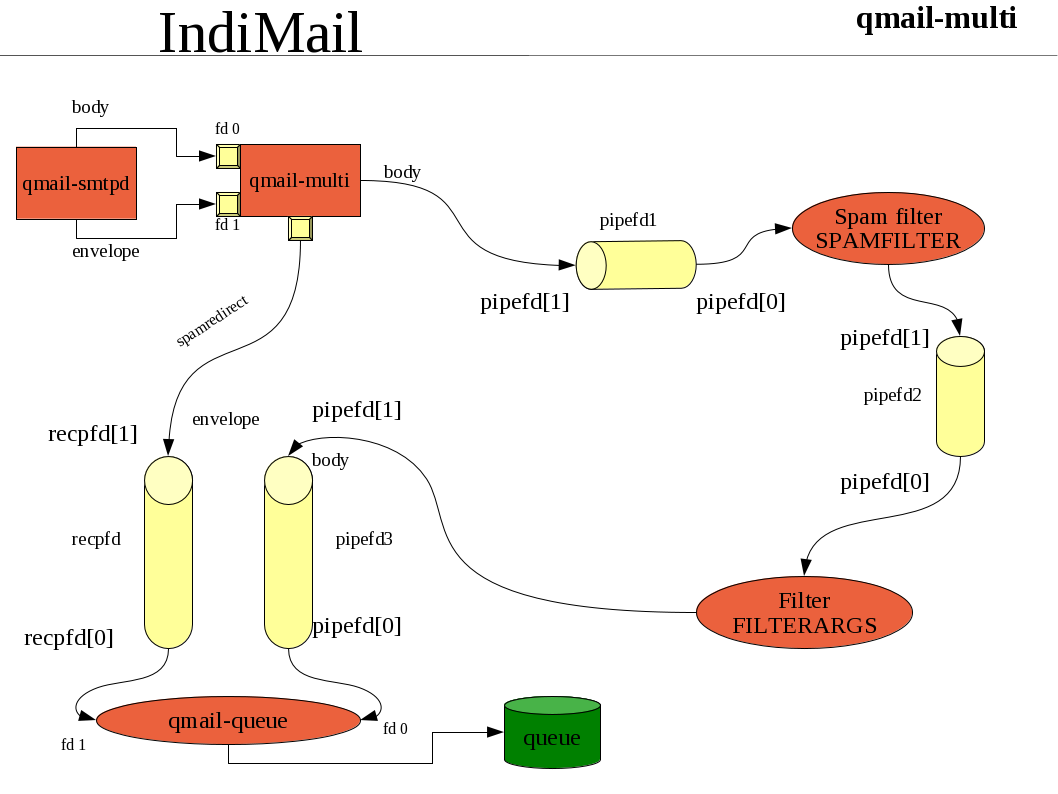 2.1.2. Get binary rpms
2.1.2. Get binary rpmsQmail does not come in binary form. Such packages are explicitly disallowed by the author of Qmail, and frustrating as it may be, I understand his reasoning.
Courier-imap does not come in binary form, unless you want to use the one I built. If you want mine, visit http://www.clearrivertech.com/linux/HOWTO/supportfiles/.
VMailMgr does not come in binary form that supports Courier-imap, unless you want to use the one I built. If you want mine, email me, and I will send it.
ucspi-tcp-0.88-1.i386.rpm - http://untroubled.org/rpms/ucspi-tcp/
ucspi-unix-0.34-1.i386.rpm - http://untroubled.org/ucspi-unix/
daemontools-0.70-1.i386.rpm - http://untroubled.org/rpms/daemontools/
supervise-scripts-3.3-1.noarch.rpm - http://untroubled.org/supervise-scripts/
qmail-1.03+patches-18.src.rpm - http://untroubled.org/qmail+patches/current/(*)
vmailmgr-0.96.9-2.i386.rpm - http://www.vmailmgr.org/current/
vmailmgr-courier-imap-0.96.9-2.i386.rpm - http://www.vmailmgr.org/current/
courier-imap-1.4.3.tar.gz - http://www.inter7.com/courierimap/ (**)
There are multiple locations for qmail and vmailmgr deb packages. Courier-imap is part of the normal debian applications.
You can get them in the following locations:
http://bagic.net/~billy/debs/ - by Hon billy@bagic.net
http://www.tet.dk/ - by Ole Barnkob Kaas admin@tet.dk
http://smarden.org/pape/Debian/ - by Gerrit Pape pape@smarden.org
You will need:
ucspi-tcp_0.88-3_i386.deb - http://bagic.net/~billy/debs/ucspi-tcp/0.88-3/
ucspi-unix_0.34-1_i386.deb - http://bagic.net/~billy/debs/ucspi-unix/
The latest daemontools from - http://smarden.org/pape/Debian/daemontools.html
supervise-scripts_3.3-6_i386.deb - http://share.runtime-collective.com/~berkan/debian/dists/woody/misc/binary-i386/
qmail_1.03-17_i386.deb - http://bagic.net/~billy/debs/qmail/1.03-17/(*)
vmailmgr_0.96.9-3_i386.deb - http://bagic.net/~billy/debs/vmailmgr/
courier-imap - apt-get courier-imap
If your system does not have, or you do not use RPMS, you can install from source.
ucspi-tcp-0.88.tar.gz - http://cr.yp.to/ucspi-tcp/
ucspi-unix-0.34.tar.gz - http://untroubled.org/ucspi-unix/
daemontools-0.70.tar.gz - http://cr.yp.to/daemontools
supervise-scripts-3.3.tar.gz - http://untroubled.org/supervise-scripts/
(qmail) release-18.tar.gz - http://untroubled.org/qmail+patches/current/ (*)
vmailmgr-0.96.9.tar.gz - http://www.vmailmgr.org/current/
courier-imap-1.4.3.tar.gz - http://www.inter7.com/courierimap/
Simply run the following command for each packagerpm --rebuild <package.src.rpm>-Example-
If you compiled the source rpms, the binaries will be located in
Simply run the following command for each packagerpm -ivh <location>/<package.i386.rpm>
-Example-
2.2.2. Install with debsRun the following commands for each package (as root) dpkg -i <package.deb>
-Example-
2.2.3. Install with sourceRun the following commands for each package (As non-root user) tar zxf <package.tar.gz> cd <newly created dir> ./configure make (As root) make setup check (for ucspi-tcp and daemontools) or make install (for ucspi-unix and supervise-scripts)
-Example-
2.3. Install Qmail2.3.1. Install with RPMS2.3.1.1. Compiling SRC.RPM'sUbuntu Apt Get
After installing the support packages, Simply run the following command:rpm --rebuild <package.src.rpm>
-Example-
2.3.1.2. Installing RPM'sAfter compiling the source rpms, the binaries will be located in
Simply run the following command for the qmail packagerpm -ivh <location>/<package.i386.rpm>
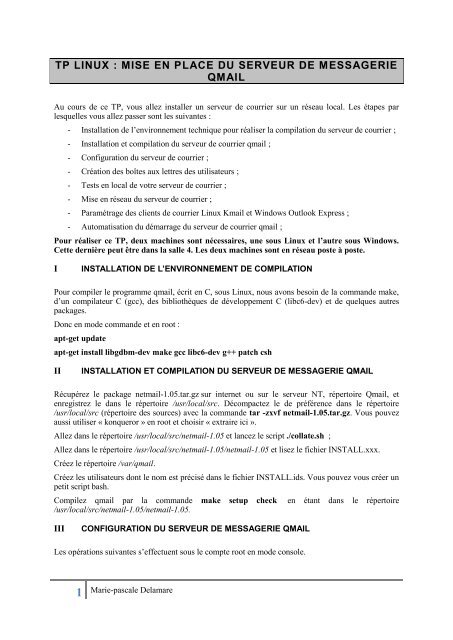
-Example-
* note start * - Remove sendmail and any dependant applications prior to installing Qmail - by running the following command for each package - rpm -e <packagename>* - - On my system I had to remove sendmail, so I typed - rpm -e sendmail * note end *
2.3.2. Install with debsRun the following commands for each package (as root) dpkg -i <package.deb>
-Example-
2.3.3. Install with sourceRun the following command (As non-root user) tar zxf <package.tar.gz> cd <newly created dir> (Now read the INSTALL file and follow the steps to install Qmail)-Example-
2.4. Install Courier-imap2.4.1. Install with RPMS2.4.1.1. Compiling SRC.RPM'sBuild the courier-imap rpms from the tar file
* note start * - This errors out if you compile as root, but if your not root you - wont have permissions to /usr/src/redhat. You will want to build as a - non-root user, so create a '.rpmmacros' file (for rpm v3 and later) in - your home directory containing the line '%_topdir /path/to/home/redhat'. - Then create your own 'redhat' directory containing all the subdirs that - /usr/src/redhat contains. - You should never build RPMs as root unless you have to. * note end *
* I will mention again, that I have built the binaries, and you can get them at ** http://www.clearrivertech.com/linux/HOWTO/supportfiles/. *
2.4.1.2. Installing RPM'sApt-get Install Mac
After compiling the source rpms, the binary will be located in
Simply run the following command for each package rpm -ivh <location>/<package.i386.rpm>
-Example-
2.4.2. Install with debsRun the following commands for each package (as root) apt-get <package.deb>
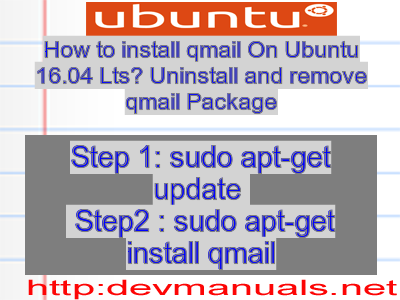
-Example-
2.4.3. Install with sourceRun the following command (As non-root user) tar zxf <package.tar.gz> cd <newly created dir> ./configure make (As root) make install
-Example-
2.5. Install VMailMgr2.5.1. Install with RPMS2.5.1.1. Compiling SRC.RPM'sThere is a problem compliling VMailMGR on RedHat 7.x distros (and maybe other new ones as well).To solve this you must edit the source filesThese files need to have an #include <string.h> added
Simply run the following commandrpm --rebuild <package.src.rpm>-Example-
2.5.1.2. Installing RPM'sIf you compiled the source rpm, the binaries will be located in
Simply run the following command for each packagerpm -ivh <location>/<package.i386.rpm>
Apt Get Install Mail
-Example-
2.5.2. Install with debsRun the following commands for each package (as root) dpkg -i <package.deb>
-Example-
2.5.3. Install with sourceSudo Apt Get Install Build Essential
There is a problem compliling VMailMGR on RedHat 7.x distros (and maybe other new ones as well).To solve this you must edit the source filesThese files need to have an #include <string.h> added
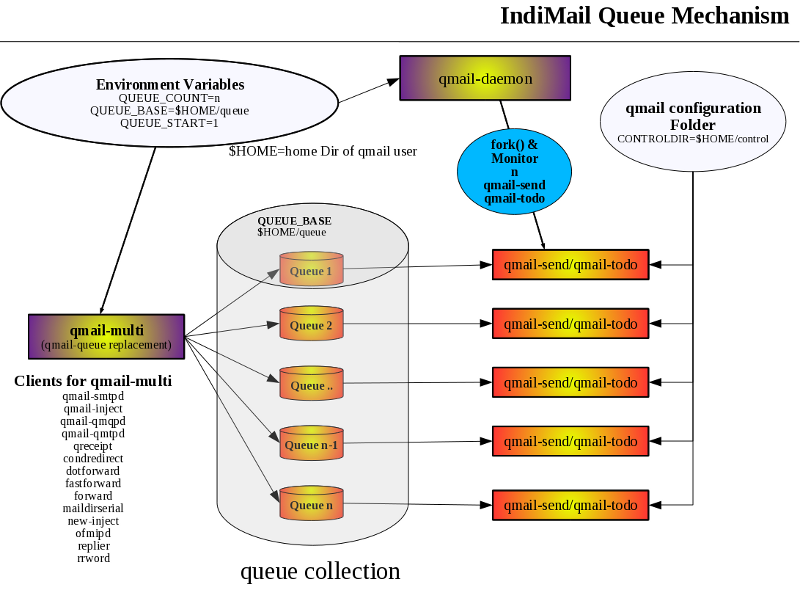
Apt Get Install Ubuntu Desktop
Run the following commands (As non-root user) tar zxf <package.tar.gz> cd <newly created dir> ./configure make (As root) make install-Example-